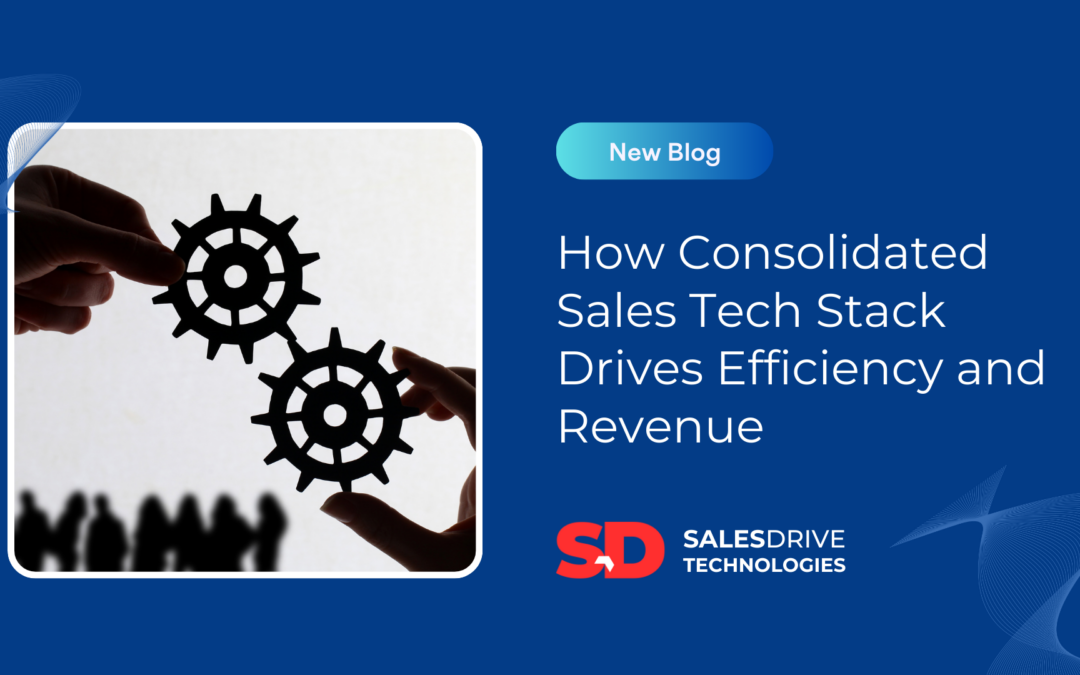Frequent quota adjustments, often driven by rep churn, rapid business growth, acquisitions, and internal organizational upheaval, can significantly impact both sales teams and the overall business.
For instance, high turnover rates among sales representatives (rep churn) can lead to frequent account reassignments, disrupting sales efforts. Additionally, rapid growth in the customer base may necessitate constant adjustments to workloads and account ownership.
Acquisitions can also trigger extended periods of account transfers as companies integrate new customer bases and explore cross-selling opportunities. Moreover, internal instability, such as frequent leadership changes, can disrupt established processes and lead to chaotic account reassignments.
Understanding these underlying causes is essential for developing effective strategies to mitigate their negative effects.
The Ripple Effect on Sales Teams and the Business
Constant quota adjustments resulting from account transfers can have a significant negative impact on both sales teams and the overall business.
Impact on Sales Teams:
- Demotivation and Reduced Morale: Frequent changes in goals can lead to a sense of uncertainty and instability, affecting the morale and motivation of sales representatives.
- Difficulty in Prioritization: The lack of clarity in account ownership and quotas can make it challenging for reps to prioritize their efforts effectively, resulting in reduced productivity.
- Communication Challenges: Constant changes can create confusion and ambiguity, hindering effective communication between sales teams and management.
Impact on Business:
- Customer Confusion and Dissatisfaction: Inconsistent coverage, messaging, and a loss of native knowledge due to frequent account transfers can confuse customers and lead to dissatisfaction.
- Financial Instability: Fluctuating compensation rates can disrupt financial planning and forecasting, making it difficult to manage resources effectively and achieve consistent revenue generation.
- Territory Instability: Constant changes in territory assignments can further contribute to uncertainty and hinder sales performance.
Identifying the Most Affected Accounts
To effectively address the challenges posed by constant quota changes, it’s crucial to identify the accounts that are most frequently impacted. This can involve analyzing historical data, tracking account transfers, and assessing the overall stability of various customer segments.
By concentrating on these specific accounts, businesses can:
- Allocate Resources Strategically: Direct resources and attention to the areas where they will have the greatest impact.
- Tailor Strategies Effectively: Develop customized strategies to address the unique needs and challenges of these accounts.
- Enhance Customer Satisfaction: Provide more consistent and personalized service to the accounts that are most likely to be negatively affected by frequent changes.
Here are some examples of how businesses can identify and target the most affected accounts:
- Segment Accounts by Size and Complexity: Identify accounts that are particularly large, complex, or require specialized attention.
- Analyze Account Stability: Track the frequency of account transfers and identify those that are consistently changing hands.
- Assess Customer Satisfaction: Monitor customer satisfaction levels and identify accounts that may be experiencing negative impacts due to quota changes.
By isolating the pain and focusing on specific accounts, businesses can develop more targeted and effective strategies to overcome the challenges associated with constant quota changes.
Effective Strategies to Mitigate Frequent Quota Changes
Padding the Quotas: Building a Buffer for Uncertainty
Quota padding involves intentionally setting quotas slightly higher than expected, creating a safety net that can absorb the impact of account transfers and other unforeseen challenges. This strategy aims to minimize the disruptive effects of quota changes on sales teams and the overall business.
Advantages of Quota Padding:
- Reduced Stress on Sales Teams: By providing a cushion against unexpected events, quota padding can alleviate pressure on sales representatives and improve morale.
- Increased Flexibility: A padded quota can offer greater flexibility in managing account transfers and adjusting sales strategies.
- Improved Forecasting: By anticipating potential challenges, quota padding can enhance the accuracy of sales forecasts and financial planning.
Disadvantages of Quota Padding:
- Potential for Overachievement: If quotas are padded excessively, sales teams may face challenges in consistently meeting their targets.
- Reduced Motivation: In some cases, quota padding can reduce motivation among sales representatives who may perceive the targets as less challenging.
- Impact on Compensation: Excessive quota padding can affect compensation structures and potentially lead to unintended consequences.
Determining the Appropriate Padding Amount
When considering quota padding, it’s essential to strike a balance between providing a safety net and avoiding excessive challenges for sales teams. Factors to consider when determining the appropriate padding amount include:
- Historical Data: Analyze past performance, account transfers, and market trends to identify potential risks.
- Business Goals: Consider the overall business objectives and the desired level of flexibility.
- Sales Team Capabilities: Assess the capabilities and capacity of the sales team to handle potential challenges.
By carefully evaluating these factors, businesses can determine the optimal level of quota padding to create a buffer for uncertainty without compromising performance or motivation.
The Sinking Fund Approach: Balancing Annual and Monthly Goals
The sinking fund approach involves implementing a compensation plan that incorporates both annual and monthly or quarterly measures. This strategy can help mitigate the impact of fluctuating quotas by providing a more balanced assessment of performance and compensation.
Benefits of the Sinking Fund Approach:
- Improved Stability: By combining annual and shorter-term measures, the sinking fund approach can provide greater stability and predictability in compensation.
- Enhanced Motivation: The combination of annual and monthly/quarterly goals can motivate sales representatives to focus on both long-term performance and short-term results.
- Reduced Risk of Overemphasis on Short-Term Gains: The sinking fund approach can help prevent excessive focus on short-term performance at the expense of long-term goals.
Implementing the Sinking Fund Approach:
To effectively implement the sinking fund approach, businesses should:
- Establish Clear Performance Metrics: Define both annual and monthly/quarterly performance metrics that align with business objectives.
- Determine Compensation Weights: Assign appropriate weights to the annual and monthly/quarterly measures based on their relative importance.
- Set Minimum Performance Standards: Establish minimum performance levels that must be met to receive compensation.
By carefully structuring the compensation plan, businesses can utilize the sinking fund approach to effectively manage fluctuating quotas and motivate sales teams.
Babysitting: A Temporary Solution with Potential Pitfalls
Babysitting involves temporarily assigning a sales representative to manage a full portfolio of accounts until a new resource can be hired. While this can be a short-term solution, it’s important to consider the potential advantages and disadvantages of this approach.
Advantages of Babysitting:
- Continuity of Coverage: Babysitting can help ensure that accounts continue to receive attention during periods of transition.
- Temporary Relief: It can provide temporary relief to overburdened sales teams.
Disadvantages of Babysitting:
- Increased Workload: The babysitter may become overwhelmed with the additional responsibilities.
- Reduced Motivation: The temporary nature of the assignment may affect the babysitter’s motivation and performance.
- Potential for Overreliance: If babysitting becomes a long-term solution, it can create dependency and hinder the hiring process.
Guidelines for Implementing Babysitting:
- Limit the Duration: Keep the babysitting period as short as possible to minimize negative impacts.
- Provide Adequate Support: Offer additional resources and support to the babysitter to help them manage the increased workload.
- Prioritize Account Transitions: Develop a plan for transitioning accounts to new representatives as soon as possible.
Conclusion
While the strategies outlined in this article can provide temporary relief from the disruptive effects of constant quota changes, it’s essential to address the underlying causes for long-term success.
To achieve this, businesses should:
- Minimize Disruption: Reduce the negative impact of account transfers on sales teams and the overall business.
- Tackle Root Causes: Address the underlying factors contributing to rep churn and demand volatility.
By taking a proactive approach and focusing on these areas, businesses can create a more stable and sustainable sales environment.
Looking for a Long-Term Solution?
Salesdrive Technologies (www.salesdrivetech.com), a leading provider for Oracle CX solutions and experts in sales performance management and incentive compensation management, can help you navigate the complexities and optimize your sales operations for long-term success. We offer a comprehensive suite of solutions designed to achieve consistent revenue growth and drive productivity.




